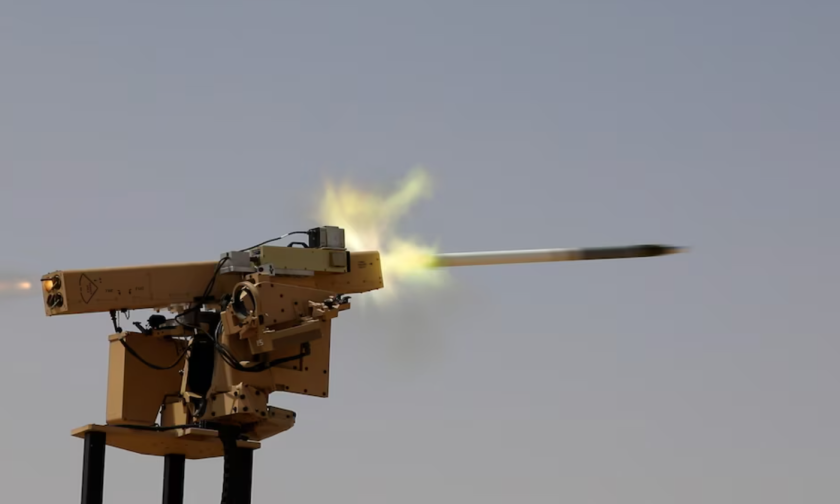The Tradewinds US Department of Defense artificial intelligence contracting office reports that the Chief Digital and Artificial Intelligence Office (CDAO) is seeking demonstrations for sensors enabling increased and enhanced detection of one-way unmanned aerial systems (OWUAS) that threaten US and partner forces.
The demonstrations are part of the US Central Command (CENTCOM) Desert Guardian (Counter-Unmanned Aerial Systems – cUAS) programme.
“Sensors will augment existing sensor coverage and must integrate into a third-party interface for further analysis and correlation with other sensor data,” says the tender. “All sensor types are welcome (including, but not limited to, EO/IR, acoustic, radar), low-cost/attritable solutions preferred but not required. Desired solutions will adhere to the following parameters:
“RANGE – Sensors must aim to enhance and/or improve visibility of OWUAS flying closer than 7 km or further than 25 km to force location (<7 km, >25 km).
“ALTITUDE – Sensors must specifically aim to enhance and/or improve visibility of OWUAS flying at low altitudes close to force location (<300 m altitude within 25 km range). Sensors should aim to enhance and/or improve visibility of OWUAS flying at all altitudes further from force location (greater than 25 km range).
“UAS SIZE – Sensors must enhance and/or improve visibility of Group 2 and 3 UAS size (21-1,320 lbs).
“UAS SPEED – Sensors must focus on Group 2 and 3 UAS speed (<250 kts) at a minimum, ability to also detect higher speeds (250 kts+) is encouraged.
“INTEGRATION – Sensors must have and demonstrate the ability to automatically and repeatedly transport and integrate data into a third party interface for visual display, analysis, and prosecution.
“THIRD PARTY INTERFACE: Sensors will need to be integrated into a command and control framework using a remote procedure call (RPC) standard provided by the third party interface. This framework is programming language-agnostic and derived from open source/well-known standards. Vendors will be expected to use a software development kit (SDK) provided by third party interface, which uses a gRPC framework to send protocol buffers to the third party interface. Sensor participants will be expected to write a thin integration layer using the SDK for data ingestion, while taskable agents will conform to a command and control tasking API. Sensors will be expected to provide health/status reporting as part of data integration, example code for sensor integration will be provided if vendor is selected for Round 2.
“The goal for this effort is to enable DoD warfighters to better detect, identify, and defeat hostile UAS within their vicinity by leveraging heterogenous sensors integrated into a common interface. If successful, this process will complement existing sensors and improve force protection by providing early warning for personnel shelter and expanding the window available for kinetic and non-kinetic defeat.
“In this context, “innovative” is defined as any commercial product, technology, service, and/or any application of an existing commercial product, technology or service that have the potential to fulfill requirements, close capability gaps, or provide potential technological advancements for the Department of Defense. This may include any novel process, practice, methodology, or application of the preceding items to a new mission domain.”
“Responses to this CSO will be accepted by the Government beginning Jun 15, 2024 through Jul 15, 2024 at 1700 Eastern Time. This general solicitation will be reviewed, updated, and amended, at a minimum, on an annual basis.”
For more information
(Image: US Army Combat Capabilities Development Command, DEVCOM, Containerized Weapon Systems firing a rocket during Red Sands Integrated Experimentation Center 23.2 at Shamal-2 Range in the Kingdom of Saudi Arabia, Sept. 12, 2023. Red Sands Live Effects 23.2 is a counter-small Unmanned Aerial Systems (C-sUAS) exercise conducted by the Saudi Arabian Armed Forces and U.S. Army Central – Centcom)




